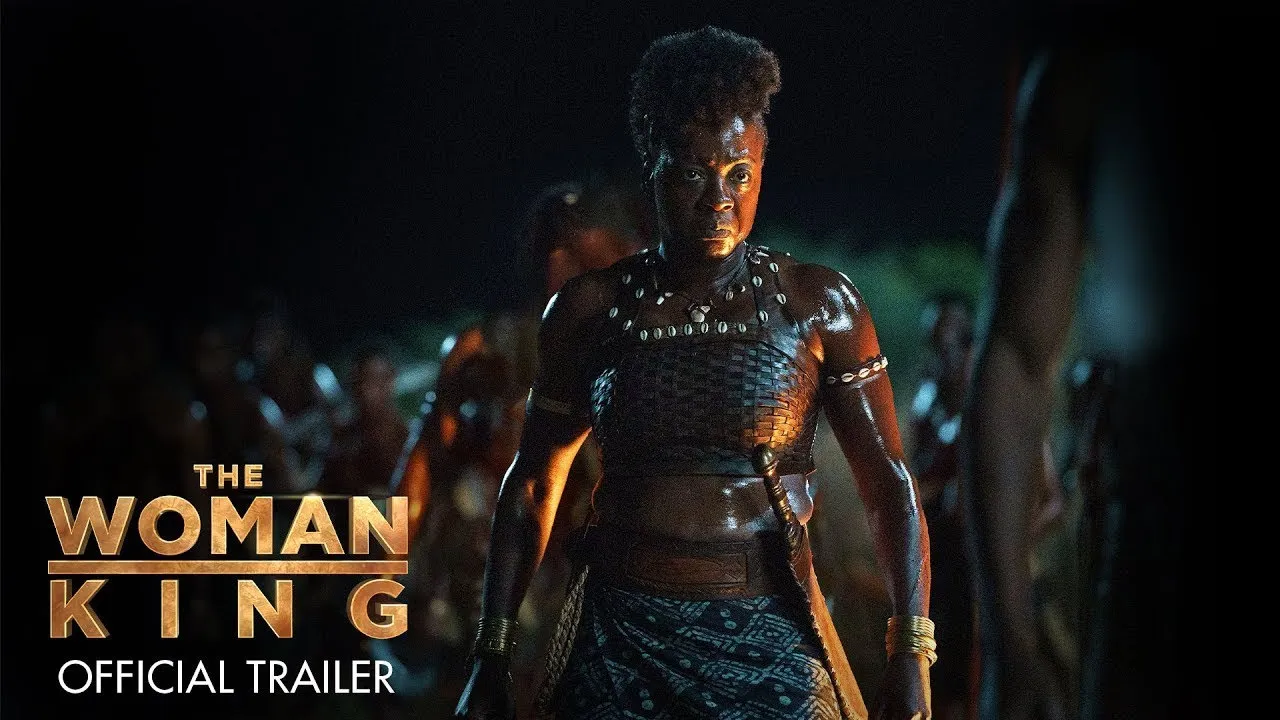
The Woman King in retrospect. What’s true… what’s not?
I had hoped the movie will have a fair level of historical accuracy but it largely was not. I can say I was disappointed in that regard but everything else was stunning for me. Foremost, the colour grading was exotic and relaxing, and that bit of teal was what I had suggested Anikulapo could have used to consolidate its visual appeal. Coincidentally, both stories were set in very similar tropical region of western Africa but with a vastly different grading approach. Check out my review on Anikulapo for my thoughts on that one.
Now to the Agojie.
The Agojie is an all-female elite warriors of the Kingdom of Dahomey, a kingdom in present day Republic of Benin that existed between the 16th century and 20th century. These warriors referred to themselves as Ahosi, which means the King’s wives and true to the film, and at the prime of the warrior’s existence, they were held to very high societal status. The Woman King movie tells the story of an Agojie general named Nanisca, who would lead her troops in an attack on a visiting Oyo Army, who was there to collect periodical tributary.
What’s true?
Beside the fact that the Agojie’s fierceness and combat skills were historically correct as documented by early Europeans who encountered them and African oral tradition of folktales by griots, the only other accurate representation in the story is King Gezo who was a real life king during the time period the movie was set in. Nanisca wasn’t a real life figure and neither was Izogie nor Nawi. Worth mentioning that the name Izogie may even have an origin from the eastern part of Nigeria rather than closer to the equator.
Dahomey did revolt against Oyo empire and gained her independence but not in the manner depicted by the movie. It is even said Oyo went to war against Kingdom of Dahomey because Dahomey started invading neighbouring settlements and captured the settlers, and even her own citizens, to be sold into slavery; settlements which are supposedly under the protection of the Oyo Empire, at which point Oyo herself was already on a decline. Dahomey continued in slave trading well into decades after she gained her independence from Oyo.
Ah... I almost left out this part... The costumes were quite appealing and that of the Ahosi particularly looks very much like the Dahomey's warriors outfit in the nineteenth century that I've seen online. Thanks for putting in the effort dear art director and costumier.
I think this next point is worth a mention. The Yoruba people has a culture that is deeply connected to her identity. Virtually everything has a significance and top of that list is name. The Oyo military general is named Oba-ade in the movie, or whatever that spelling is but if you ask someone of Yoruba descent about such name, and considering the time period the story was set in, Oba, Ade, or Oba-ade is a name that is more likely be heard within a palace wall than a battlefield. As mentioned, names have undeniable significance in the Yoruba culture, and to that notion, Oba/ade/Oba-ade wasn’t just fictional to the movie alone, his name equally betrayed him.
Finally and taking a cue off Kunle Afo's book, African's should be encourage to tell our own stories more, particularly in the epic world of rich African folklores, histories and cultures. In my opinion, I believe we'll treat our heritage with respect and with a wholesome perspective. It's a good thing folks at Netflix and Amazon are already seeing the potential in that.
Peace!
A storyteller and film enthusiast. Follow me on Twitter and Instagram @ebakintunde, make we relate further.